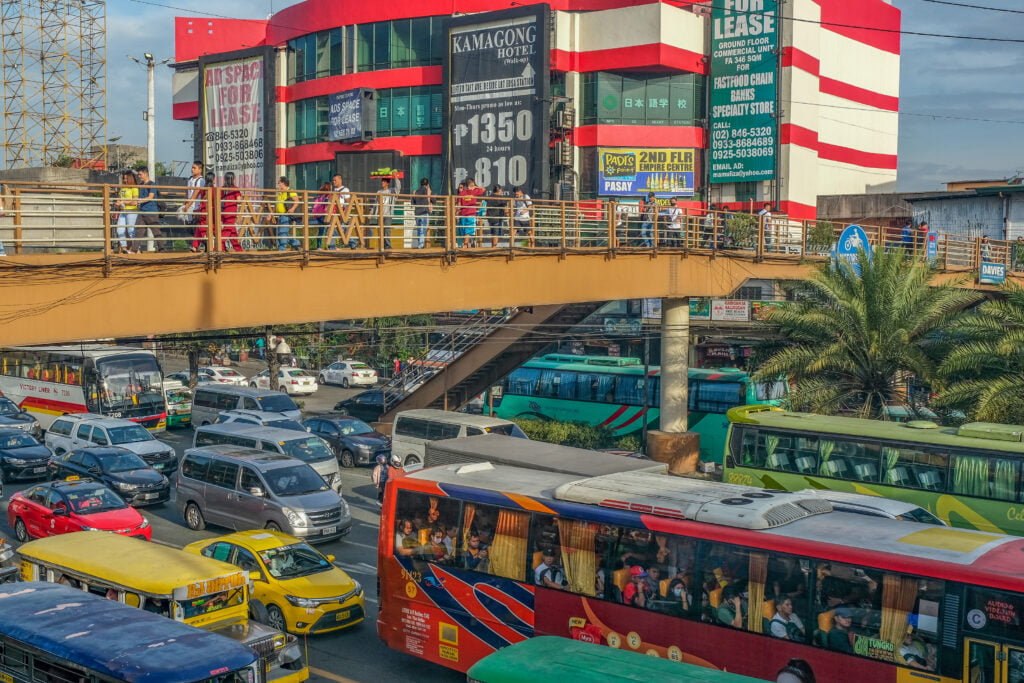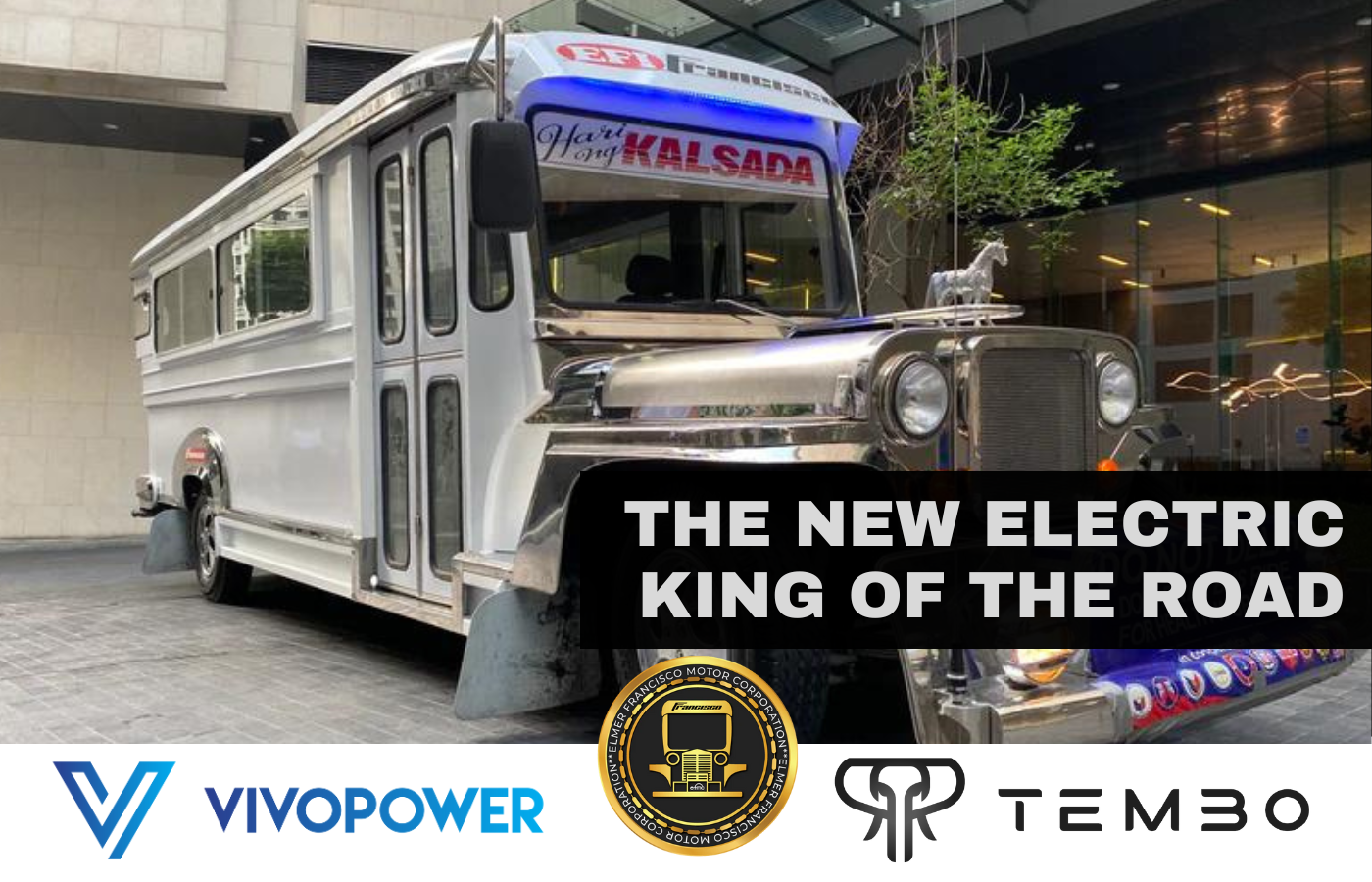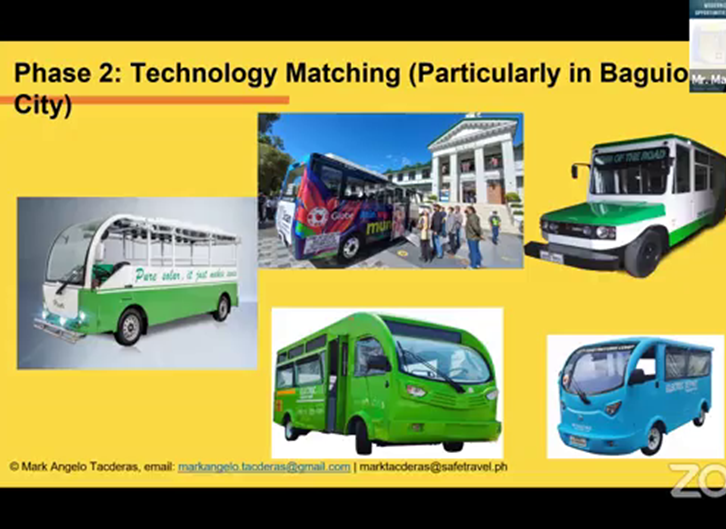Affordable Transit Advertising Philippines for Brand Name Recognition
Affordable Transit Advertising Philippines for Brand Name Recognition
Blog Article
How Transportation Advertising Can Change Public Transportation Spaces Into Dynamic Marketing Operatings Systems
Transit marketing holds considerable capacity to redefine public transportation areas into lively advertising and marketing systems that notify and involve. As we check out the diverse benefits and developing techniques of transit advertising, it raises the question of just how this improvement might redefine our interactions with both brands and the urban environment.
Advantages of Transportation Marketing

Furthermore, transit marketing is highly cost-efficient compared to typical media. It enables advertisers to attain high impressions at reduced expenses, maximizing roi. The captive target market of commuters supplies an opportunity for brand names to convey their messages to people who are usually receptive throughout their travel times.
Moreover, the dynamic nature of transit advertising and marketing enables projects to be updated often, ensuring that messaging stays prompt and relevant. This versatility can be crucial in responding to market fads or promotional events, maintaining the brand name top-of-mind for consumers. Finally, the prevalent presence of transit advertising and marketing contributes to brand recall; duplicated direct exposure within familiar traveling contexts enhances brand understanding and cultivates customer commitment, ultimately driving sales and improving brand name credibility.
Kinds Of Transportation Advertising And Marketing
Mass transit systems offer different layouts for advertising and marketing, each satisfying different marketing techniques and audience interaction techniques. One famous kind is external bus and train covers, which cover the whole lorry and develop a mobile signboard result, permitting high presence in city settings. These covers can catch focus as they go across active roads, getting to a varied target market.
An additional preferred style is interior advertising, which consists of posters, electronic screens, and ads on transit seats. These positionings engage passengers throughout their trip, strengthening brand messaging in a constrained area. Digital shows, in particular, supply the benefit of dynamic web content, making it possible for advertisers to update messages in real-time.
Terminal marketing is also substantial, including posters, banners, and interactive kiosks within transportation stations. These ads utilize foot web traffic and can target specific demographics based upon place.
Lastly, advertising partnerships with transportation authorities can result in unique projects, such as themed transit experiences or occasions, enhancing the total engagement with travelers. Each type of transportation advertising supplies distinct advantages, allowing brand names to tailor their technique to efficiently reach their target market within the public transport community.
Involving Commuters Successfully
Commuters are progressively flooded with marketing messages throughout their daily journeys, making it crucial for brands to involve them in cutting-edge methods. To catch focus in this crowded area, marketers must prioritize creative thinking and relevance. Using eye-catching visuals and concise messaging can dramatically enhance the probability of involvement.
Interactive elements, such as QR codes or augmented truth functions, can additionally change static ads into immersive experiences, cultivating a much deeper connection with the audience. Brand names need to concentrate on addressing commuters' requirements and passions, tailoring messages to reverberate with their way of living, whether through promotions for regional businesses or services developed to improve their travelling experience.
Additionally, timing plays a crucial role; strategically placing ads during height commuting hours can take full advantage of exposure and impact. Involving travelers properly additionally entails leveraging social media sites assimilation, enabling travelers to share their experiences or promotions directly from transportation systems, consequently enhancing brand reach.
In essence, reliable involvement pivots on comprehending the commuter trip and developing compelling, interactive, and relevant advertising and marketing experiences that not just catch attention yet additionally drive action and loyalty. By doing so, brand names can transform public transportation right into a dynamic advertising system that resonates with its audience.

Measuring Advertising Effect
How can brands accurately analyze the efficiency of their advertising projects en route environments? Gauging the impact of transportation marketing requires a diverse approach that incorporates qualitative and measurable metrics. One prevalent approach is tracking interaction via mobile analytics, where brands can assess foot web traffic patterns and application interactions in the past, during, and after projects.
Surveys can give useful understandings into brand name recall and consumer view, allowing brand names to hop over to here gauge exactly how well their messages reverberate with commuters. Furthermore, keeping track of social media sites engagement relevant to specific campaigns can disclose shifts in public understanding and brand name discussion.

In addition, collaborating with transit companies can boost dimension accuracy, as they typically have comprehensive market information on ridership trends. By integrating these techniques, brands can establish a thorough understanding of their advertising performance, ensuring that their projects not only get to yet also affect their target market properly.
Future Trends in Transit Advertising
A considerable shift is anticipated en route advertising and marketing as technical advancements and altering customer actions improve the landscape. Transit Advertising Philippines. The integration of digital display screens and interactive media is anticipated to enhance engagement, permitting brand names to supply dynamic material that reverberates with varied target markets. As public transport systems welcome clever modern technology, advertisers will take advantage of real-time information analytics to customize messages based on passenger demographics and behaviors
Moreover, enhanced truth (AR) is positioned to revolutionize the way travelers engage with ads. By supplying immersive get more experiences, AR can transform a mundane journey into an appealing narrative that catches interest and promotes brand commitment. This innovation will likely encourage advertisers to produce more experiential projects that drive customer communication.
Sustainability is one more vital pattern influencing transportation marketing. As ecological awareness grows, brands will progressively look for to align with environment-friendly practices, utilizing lasting materials and advertising green efforts within their projects.
Conclusion
In conclusion, transit advertising provides considerable advantages by improving brand name exposure and involving a restricted target market. As patterns progress, the possibility for cutting-edge communications try this site in between commuters and brands is poised to grow, guaranteeing that transit advertising remains a vital component of modern marketing approaches.
Transportation advertising and marketing holds substantial capacity to redefine public transportation spaces into vibrant advertising and marketing systems that engage and inform. The prevalent existence of transit advertising adds to brand name recall; repeated exposure within acquainted travel contexts reinforces brand name recognition and promotes consumer commitment, eventually driving sales and improving brand name online reputation.
Exactly how can brands properly examine the efficiency of their advertising projects in transit settings?In final thought, transit marketing provides substantial benefits by enhancing brand name visibility and involving a captive target market. Transit Advertising Philippines. As patterns advance, the capacity for innovative communications between travelers and brands is poised to expand, making sure that transportation marketing remains a crucial component of contemporary marketing methods
Report this page